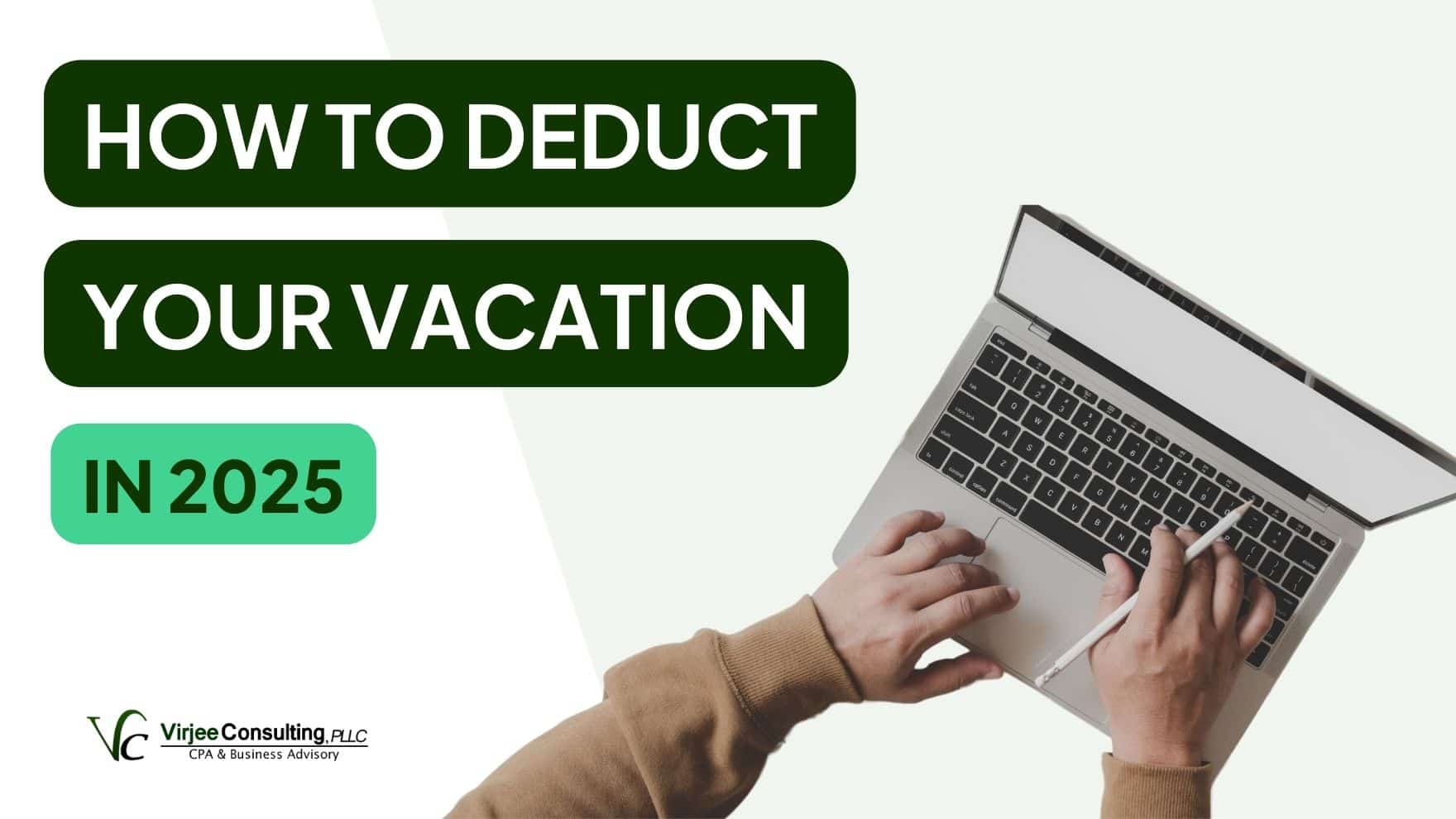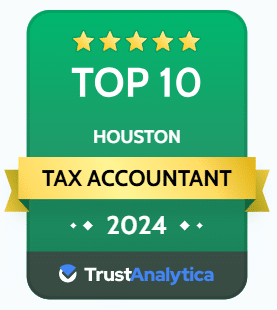It’s not just self-employed individuals who must pay estimated taxes. Here’s what you need to know.
W-2 income tax withholding isn’t perfect. You’ve probably had years when you owed more than you expected to on April 15. Or you were pleasantly surprised to receive a sizable refund. The idea, of course, is to try to come out as even as possible. You can usually do this by adjusting your withholding when you experience a life change like taking on a mortgage or having a baby.
Income taxes are also pay-as-you-go for self-employed individuals – or at least they should be. If you’re striking out on your own by starting your own small business in 2022 or you’re simply taking on a side gig to improve your finances, your tax obligation will change dramatically. Your income will not be subject to employer withholding every week or two. In most cases, you’ll get it all. But the IRS expects you to pay estimated taxes on that income four times a year.
Who Else Must Pay?
There are other situations where you’ll be expected to make quarterly payments. In fact, the only individuals who aren’t required to pay estimated taxes (besides W-2 employees whose withholding is on target) are those who meet all three of these conditions:
- You owed no taxes the previous tax year (line 24 on your 2021 1040—total tax—is zero, or you weren’t required to file a return).
- You were a resident alien or U.S. citizen for all of 2021.
- Your 2021 tax year covered a 12-month period.

You’ll find your total tax for 2021 on line 24 of the Form 1040. Notice, too, that line 26 asks for 2021 estimated tax payments.
There are numerous situations where individuals who have payroll taxes regularly withheld on their income may still be required to submit quarterly estimated taxes. For example, did you receive income from rents or royalties? Dividends or interest? Income from selling an asset? Gambling?
If you have an employer who withholds taxes, but you don’t think you’ll be paying enough given the deductions and credits you might receive, you need to plan for estimated taxes. Self-employed individuals are almost always required to submit them.
Special Rules for Some
As with all things IRS, there are many exceptions to the rules regarding estimated taxes. For example, there are special rules for:
- Fishermen and farmers.
- Some household employers.
- Certain high-income taxpayers.
- Nonresident aliens.
How Do You Estimate Your Quarterly Taxes?
That’s the hard part, especially if you’re new to the world of estimated taxes. There is no magic formula, no way to calculate to the penny what you’ll owe. You’re basically making an educated guess. Since you won’t know for sure what changes to the tax code will be put in place until the end of the year, you can’t be absolutely certain that you might get a particular credit or deduction.
But you know roughly what your income will be for a given quarter once you’re nearing the end of it. Do you have a lot of business-related expenses? Keeping track of those is critical, as they’ll offset your income. If you don’t, you’ll have to budget for a heftier quarterly payment. And you must keep in mind that you’ll be paying self-employment tax – that portion of your income taxes that your employer used to pay.
Once you’ve been self-employed for a full tax year and have seen what your tax obligation was, it will be easier to estimate in subsequent years. But you may have a difficult time your first year.
How Do You Pay Estimated Taxes?

Individuals and business that had to pay estimated taxes in 2021 submitted the Form 1040-ES four times. If you’re self-employed in 2022, you’ll need to submit similar vouchers with your payments, unless you’re paying online.
If you’re self-employed and you anticipate owing $1,000 or more in taxes on your 2022 income, you’ll need to file quarterlies using IRS Form 1040-ES vouchers (available on the IRS website) along with a check or money order. There are also ways to pay online using a credit or debit card or direct bank withdrawal. Corporations would file the Form 1120-W if they expect to owe $500 or more.
Estimated taxes for the 2022 tax year are due:
April 18, 2022 (January 1-March 31, 2022)
June 15, 2022 (April 1-May 31, 2022)
September 15, 2022 (June 1- August 31, 2022)
January 16, 2023 (September 1-December 31, 2022)
A Challenging Task
Estimated taxes are not precise. And it may be difficult to set aside money for them if your income is not where you’d like it to be. But as you might expect, the IRS will levy penalties on you if you don’t.
Year-round tax planning can help you in this critical area. We’ll be happy to set aside time to consult with you about estimated taxes. We’re also available to do tax preparation and to look at how your taxes fit into your overall financial situation. Contact us soon to get a jump on the 2022 tax season — or to finish up 2021.














